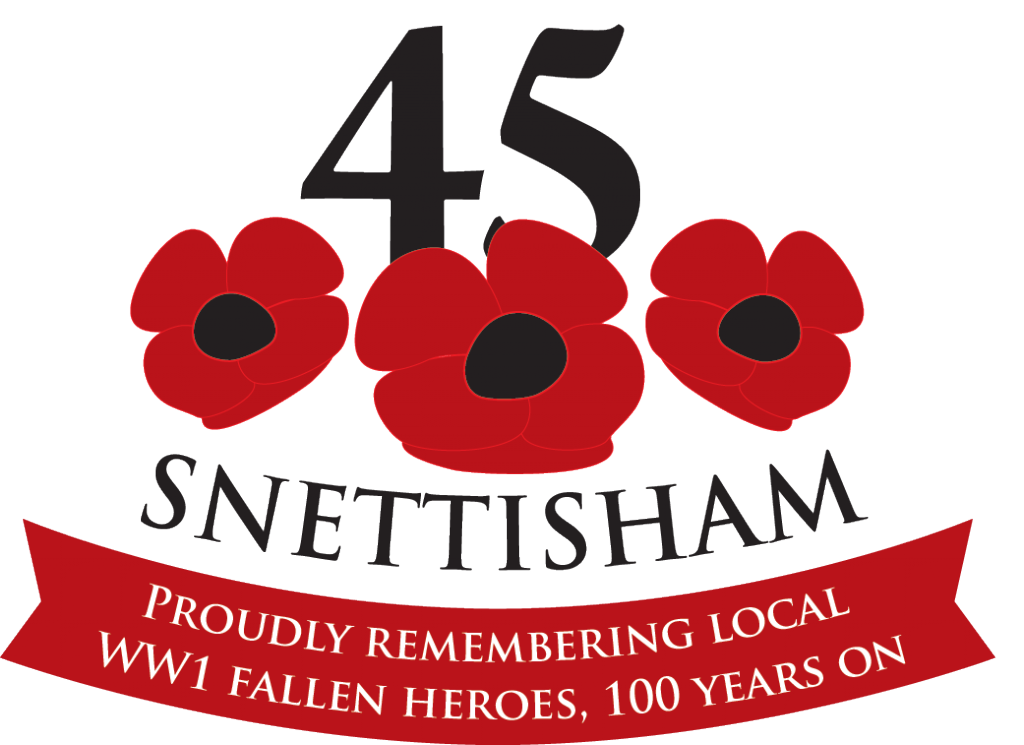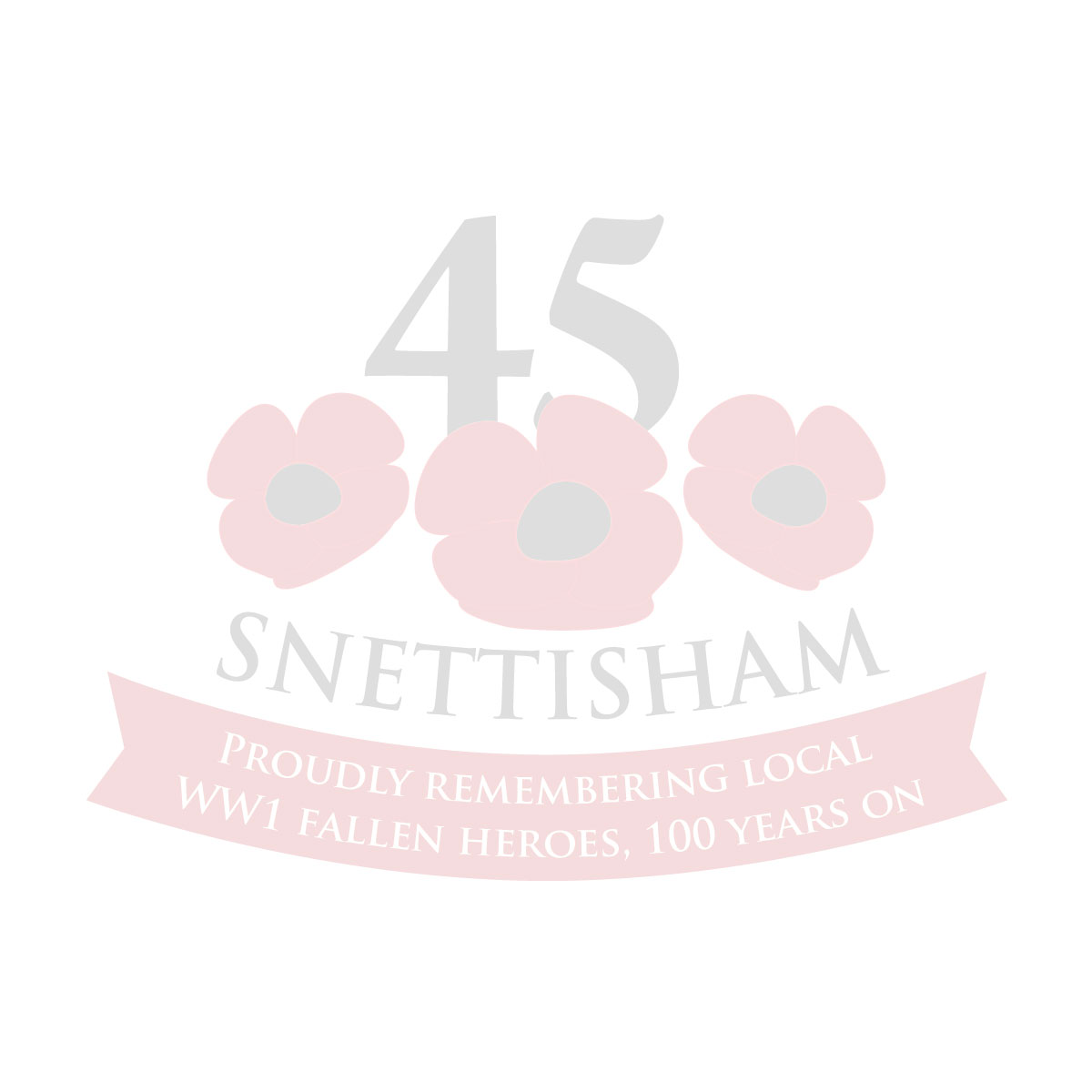Benjamin Ewart Brown
The soldier:
Benjamin Ewart Brown joined the army and was assigned to the Lincolnshire Regiment.
He rose through the ranks to become a Captain.
He was ‘killed in action’ on Saturday 9th September 1916, aged 30, whilst attached to the 1st battalion of the Royal Munster Fusiliers.
Prior to this his army service record shows him serving in Gallipoli in October 1915.
His name is commemorated on the Thiepval Memorial, Somme, France (Pier and Face 16C), It is also inscribed on both of Snettisham’s memorials and ‘Roll of Honour’.
The man:
Benjamin Ewart Brown was born on the 12th June 1886 in Sutton-on-Sea, Lincolnshire. His parents were John and Susanna Brown (nee Stubbs).
He was baptised in July/August/September 1886 in the Spilsby registration district, Lincolnshire.
John and Susanna had married on Christmas Day 1867, in Sutton-on-Sea, both were only 21 at the time and Benjamin had several older siblings; Anne Maria (bn. 7th October 1869), John Henry (bn. 30th July 1871), Kate Marion (bn. 11th October 1875), Edith Eva (bn. 9th April 1876), Mary Lucy (bn. 19th Jan. 1879), Wilson Wifred (bn. 19th June 1881) and Frank (bn. 20th August 1883). Like Benjamin all these children were born in Sutton-on-Sea.
By the 1901 census the family were living at Honeysuckle House, Alford, Sutton Le Marsh, Lincolnshire. John was now 52 and Susanna 50. John’s occupation was listed as ‘farmer’. At home with them were; John Henry, Mary, Frank and Benjamin, who was now 13. Anne, Kate, Edith and Wilson having left the family home.
In the 1911 census a 25 year old Benjamin E Brown has left the family home and moved to Snettisham, Norfolk. Here he has taken lodgings with a Mr. Guy Lambert (aged 38) at Rose Cottage, Snettisham. Benjamin is recorded as ‘single’ and his occupation is recorded as ‘ironmongers assistant’. Guy Lambert is recorded as a man of independent means (who remains at this ‘Rose Cottage’ address until his death in the 1950s).
In early summer 1916, Benjamin E Brown married Florence L Page in Croydon, Surrey.
Florence was the daughter of Sam L and Emma Page who had moved to Snettisham with her siblings prior to the 1891 census. By the 1901 census, her mother Emma had died and her father Sam (now 59) was living as a ‘widowed’ boarder with Charles and Frances Asker.
Both Florence’s brothers Sam and Fred attended Snettisham School (the village’s still existing primary school) for their entire schooling. Sam is recorded as having left to be an ironmonger’, Fred a ‘chemist’.
In the 1901 census, Sam (Florence’s brother) is living at ‘Hope Villa’ Station Road, Snettisham as the ‘head of the house’. He is 21, single and an ‘ironmongers assistant’. Florence’s brother Fred and sister Emma reside with him.
By the 1911 census when Benjamin Ewart Brown is recorded as living in Snettisham, Sam still resides at the ‘Hope Villas’ address with his sister Emma. Both he and Benjamin are recorded as working as ‘ironmongers assistants’ in the same village and it is plausible that this is the link which caused Sam’s sister Florence to meet Benjamin.
Following Benjamin’s death, Florence Louisa Brown, a ‘widow’, married Howard Norman Wood on the 5th February 1921 in St Pauls church, Finsbury, London. Florence’s wedding bans record shows her father as Sam Page – now deceased (linking her through Benjamin ‘Brown’ back to the Snettisham ‘Page’s’).
There are no children recorded from her too brief marriage to Benjamin.
The army’s Medal rolls index provides the clear linkage for the above – correspondence recorded on this document shows that B E Brown of the Royal Lincolnshire regiment and Royal Munster Fusiliers, killed in action on the 9th September 1916 had; a father, Mr J Brown residing at an address on Sutton-on-Sea, Lincolnshire, a brother captain Frank Brown and a widow Mrs. F.L Wood residing at ‘Kelso’, Sylvester Road, East Finchley, London.
It is reasonable to conclude that Benjamin Ewart Brown’s name appears on Snettisham’s memorials and ‘Roll of Honour’ at the behest of his widow Florence’s family, who were still living in the village at and after the end of the war.

